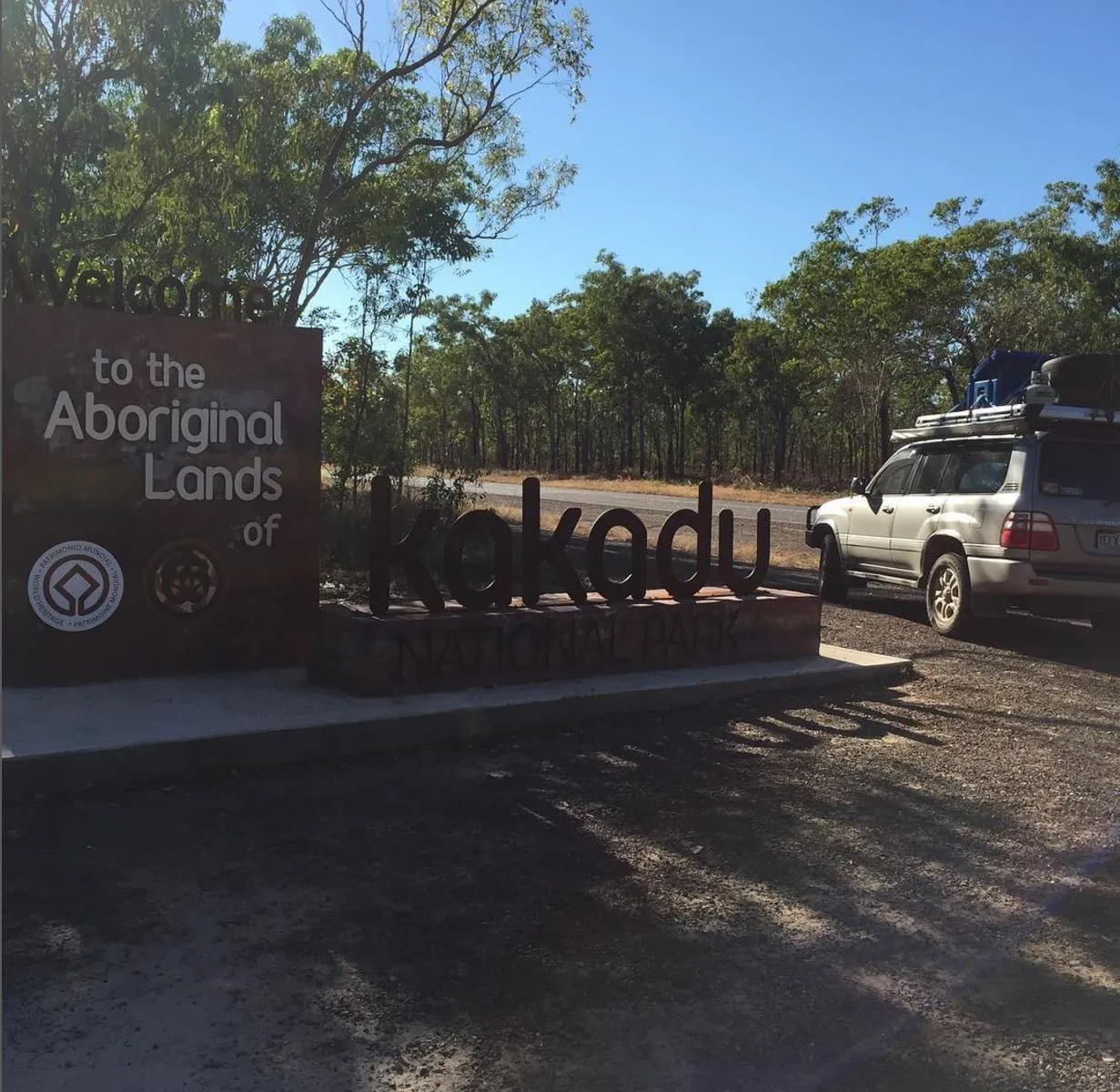Kakadu National Park, a World Heritage Site, is precious to Australia and the world. Famous for its biodiversity, unique environments and deep cultural heritage, Kakadu is under threat from climate change. From rising sea levels to extreme weather events, climate change is disrupting traditional knowledge, native species, and natural balance. This article goes into the impacts of climate change on Kakadu, the cultural perspectives of Indigenous communities and the adaptive conservation work of Parks Australia. Together, they are working to protect Kakadu’s natural and cultural values for future generations.
Sea-Level Rise and Saltwater Intrusion
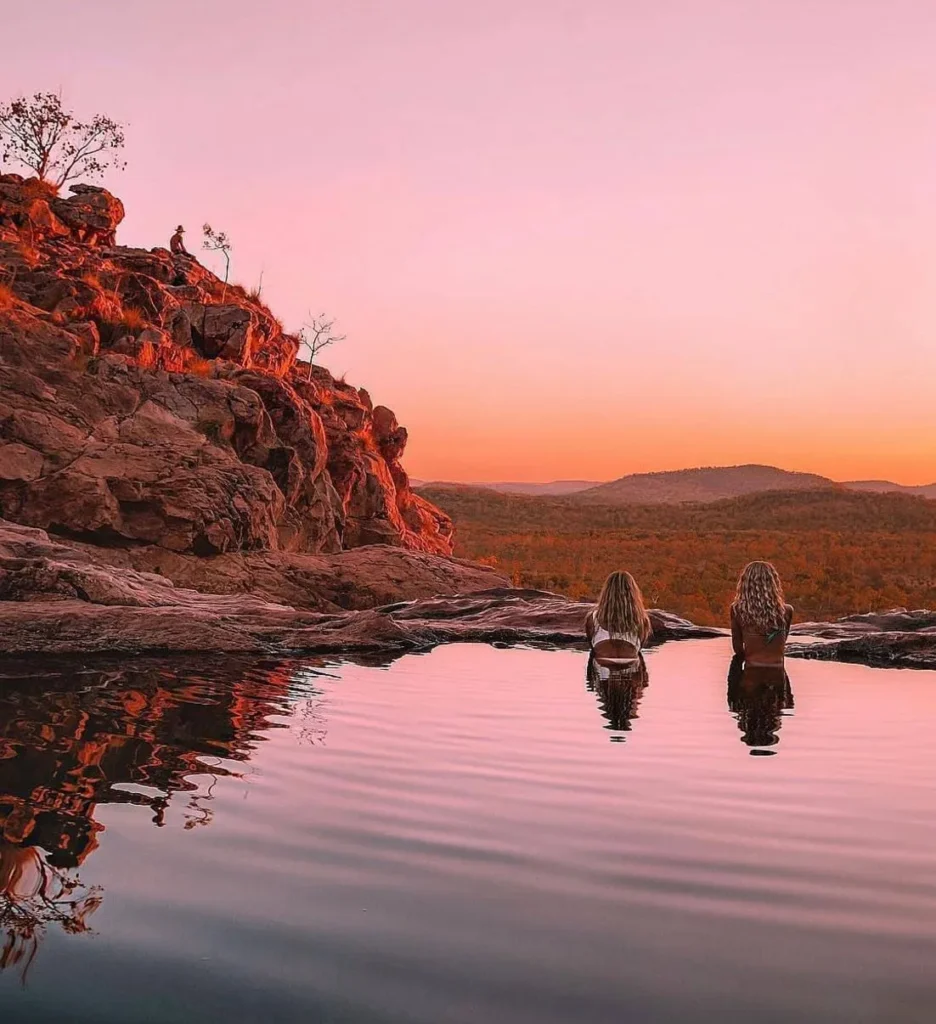
One of the impacts of climate change on Kakadu is the rise of sea levels. Rising Australian sea levels are causing saltwater to creep into Kakadu’s freshwater wetlands and aquatic environments where native vegetation and species are adapted to freshwater environments. Climate scientists have used the diagnostic approach to show that as saltwater intrusion progresses, it threatens endemic plants and displaces the ecosystems that support species like the magpie goose, crocodiles and migratory birds that rely on freshwater habitats. Mangroves are also spreading into areas where native species once dominated, and the distribution of mangroves and the park’s critical habitats is changing.
Saltwater intrusion damages more than just ecosystems; it threatens cultural sites and traditional knowledge of Kakadu’s Indigenous peoples. Many archaeological sites and cultural heritage sites are along rivers and floodplains and coastal erosion from saltwater intrusion is threatening these areas and eroding the cultural heritage embedded in Kakadu’s land. For Aboriginal communities, these natural sites are not just landscapes; they’re sacred places with cultural practices and stories that are part of their identity.
Extreme Weather Events and Their Impact
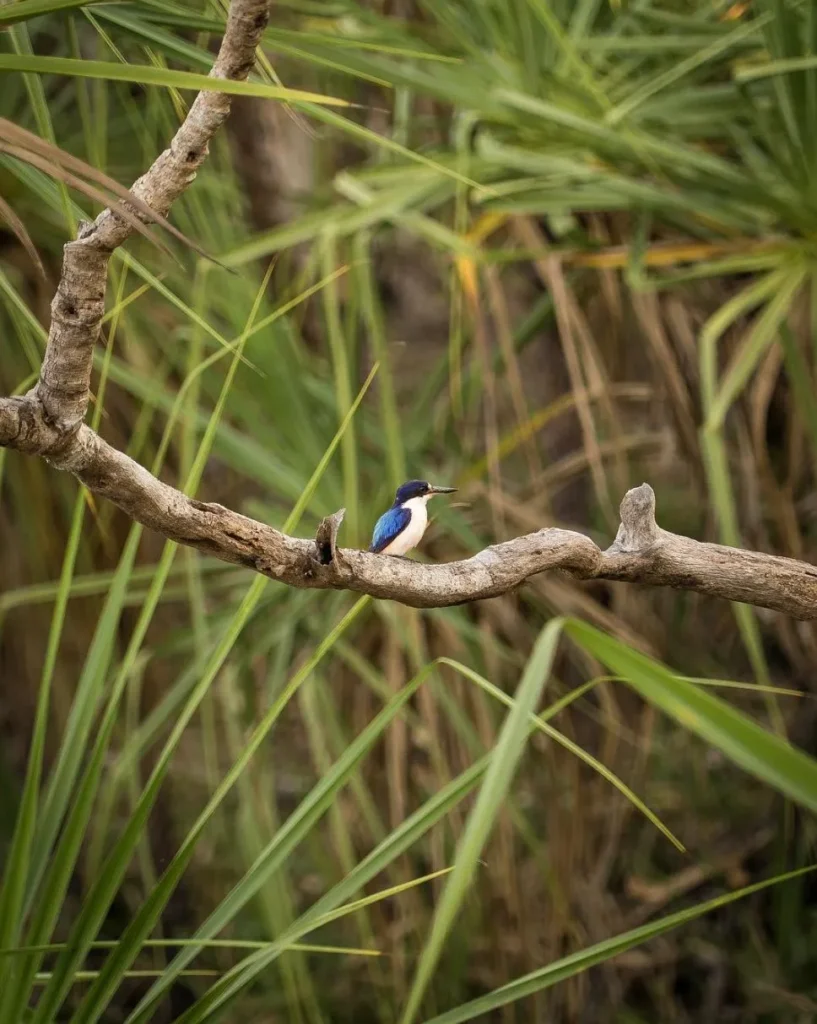
Extreme weather events are increasing in frequency and intensity across Australia, and Kakadu National Park is no exception. Climate change is intensifying both rainfall and drought, causing soil erosion and environmental change and disrupting the natural balance. These changing conditions are putting Kakadu’s ecosystem at risk. For example, prolonged dry spells can stress freshwater wetlands and river systems and impact native species like barramundi and freshwater crocodiles that rely on stable water conditions.
And extreme rainfall events cause flash flooding that damages the natural landscape and can bring invasive species seeds into Kakadu’s ecosystems and spread invasive weeds that displace native plants. The changing climate is making it hard to sustain Kakadu in the long term and achieve management objectives for a fragile ecosystem that is already under stress.
Biodiversity
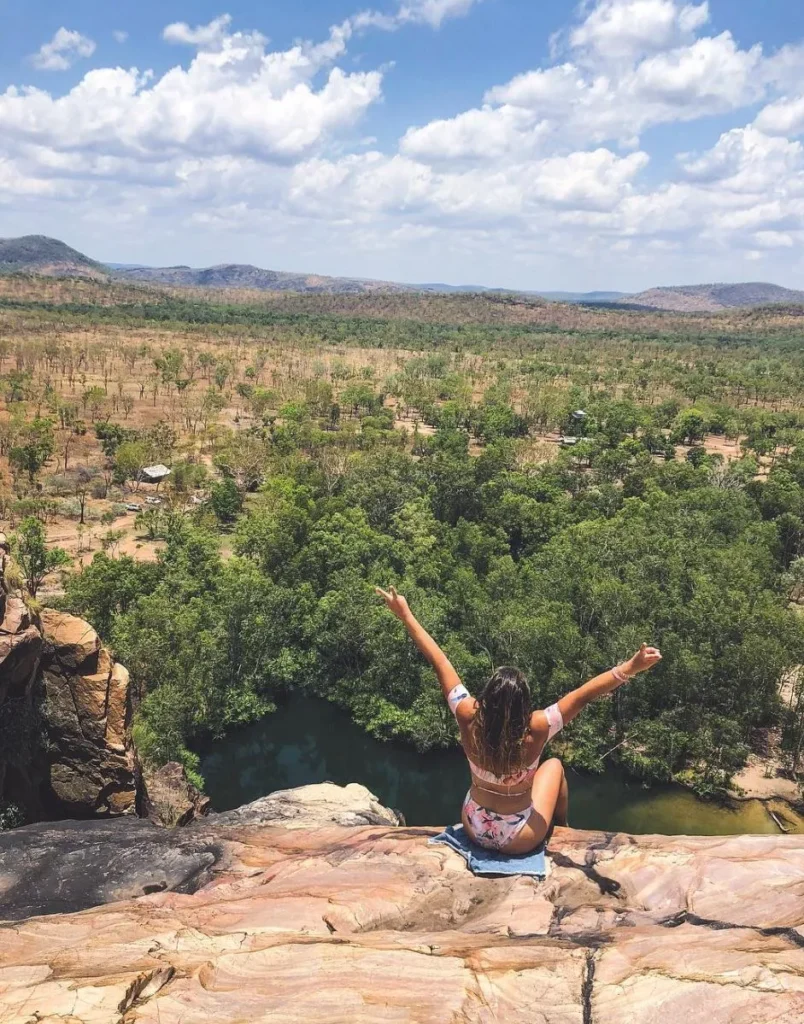
Kakadu’s biodiversity and native species are under pressure from invasive species and non-native animals that thrive in the changing climate. Warmer temperatures mean invasive pest animals like feral animals love the environment and outcompete native animals for resources. Invasive weeds are also spreading aggressively and outcompeting plants that are vital for biodiversity conservation.
The spread of invasive species means habitat destruction, which weakens bacterial communities and other ecological communities that are important to Kakadu’s natural values. Parks Australia and park managers are implementing adaptive management strategies to manage the direct impact of invasive species on Kakadu’s ecosystems. This includes habitat restoration and sustainable practices that will support long-term success by protecting critical habitats from further degradation.
Indigenous Communities and Cultural Heritage
For the Indigenous peoples of Kakadu, land management is based on customary knowledge and cultural perspectives that have been developed over thousands of years. Climate change effects not only the ecosystems but also the cultural values and the connections to nature that underpin Indigenous land practices. Saltwater intrusion for example compromises freshwater resources that are essential to cultural practices and cultural sites. As sea-level rise impacts sacred sites, Indigenous communities lose access to areas that are part of their cultural heritage and Indigenous knowledge systems.
Acknowledging the need for a new way of thinking, Kakadu’s Indigenous leadership work with Parks Australia to bring together scientific knowledge and traditional knowledge in conservation. They engage with community through education, sharing expert knowledge and Indigenous practices to build a collaborative approach to biodiversity conservation. The aim is to protect the cultural and natural sites that make up Kakadu’s identity.
Adaptive Management and Climate Change Strategy
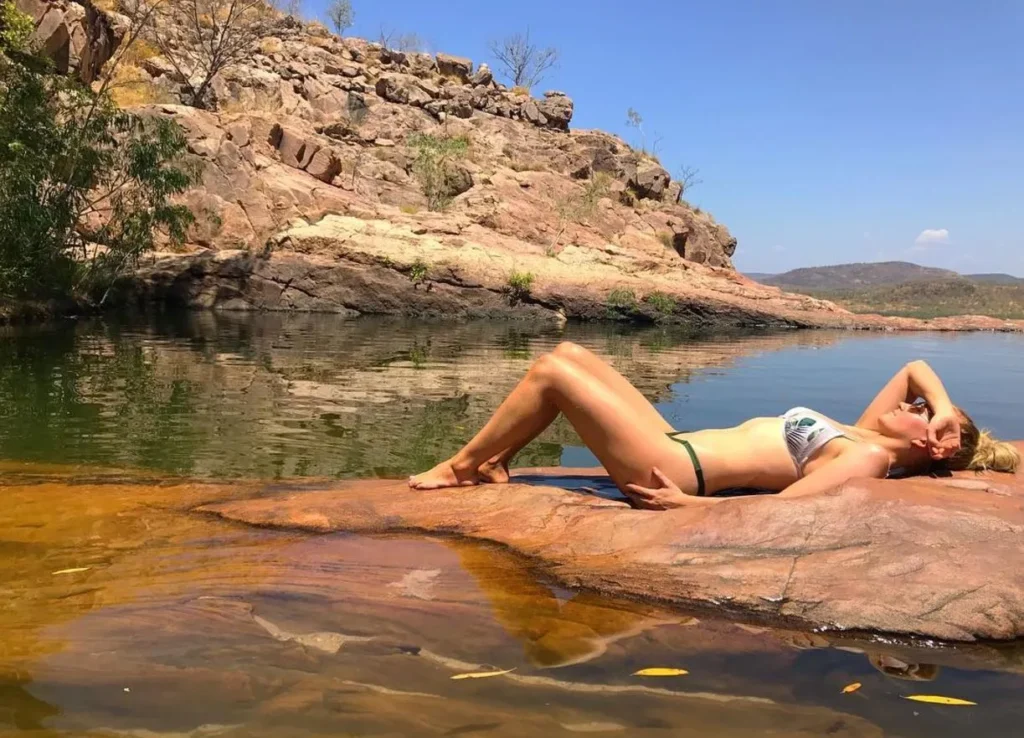
Conserving Kakadu’s natural and cultural assets requires a whole-system approach and adaptive management to address the climate change context. Parks Australia and environmentalists are calling for immediate action to protect Kakadu’s ecological communities and natural heritage. This climate change adaptation strategy includes adaptation options like diagnostic approaches to assess water quality and habitat restoration to support healthy ecosystems.
To address the climate change futures for Kakadu, conservationists are taking action like invasive species control, adaptive water quality management and water quality monitoring to keep Kakadu’s freshwater systems healthy. These management outcomes are focused on long term change and long term sustainability by preparing for future climate threats and protecting Kakadu’s natural values.
Blending Traditional and Scientific Knowledge for Conservation
A key to Kakadu’s climate change adaptation is the blending of traditional knowledge with scientific knowledge. Traditional knowledge holds valuable information about Kakadu’s seasons, ecosystems, and species behaviour, which has guided Indigenous land management for thousands of years. This knowledge complements scientific knowledge, particularly in areas like water quality, community structure and model ecosystems.
By combining customary knowledge with climate scientists, we can create a climate change toolkit with adaptive management strategies and culturally safe practices. This also supports human communities in Kakadu as they adapt to changing environmental values while preserving cultural heritage.
Sustainable Tourism and Responsible Visitor Behaviour
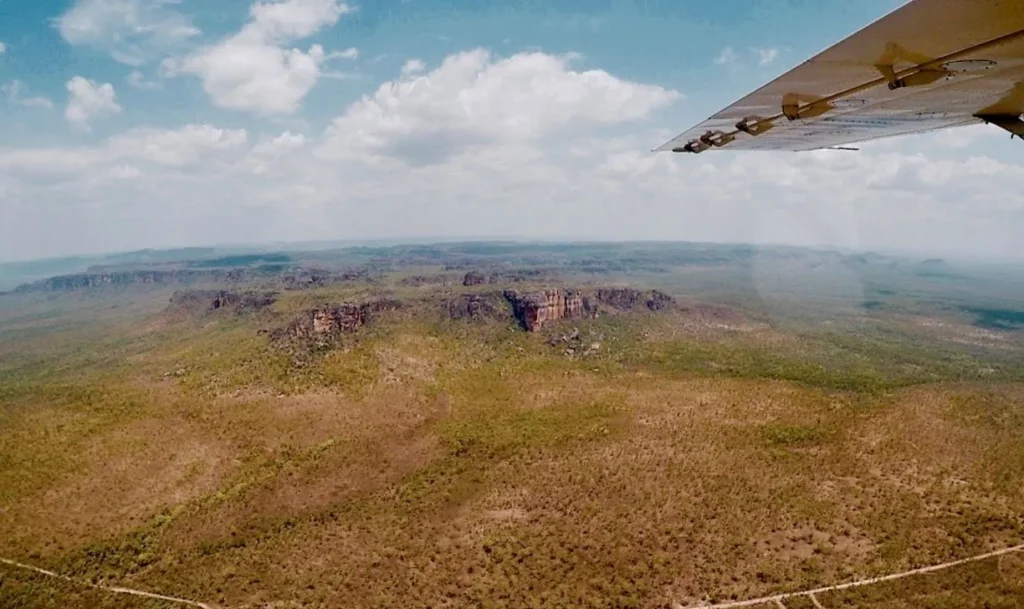
Tourism is an important part of Kakadu’s economy but must adapt to climate change to avoid further environmental harm. Sustainable tourism helps visitors engage with Kakadu’s cultural and natural sites while respecting the balance of its ecosystems. Sustainable tourism means educating tourists about climate change and promoting behaviour that minimises climate impact.
With the support of Indigenous knowledge systems, park managers and climate change advocates, sustainable tourism will help long-term success by keeping Kakadu as an eco-tourism destination and protecting its natural and cultural resources.
What can we do for long-term sustainability?
Keeping Kakadu’s ecosystem intact in the face of climate change requires practical actions to address climate change adaptation. Parks Australia and Indigenous communities are working on innovative solutions for habitat restoration, invasive species control and climate monitoring. Scientific knowledge supports adaptation options like adaptive water quality management to mitigate biodiversity threats.
In Kakadu climate change is not only a challenge but also an opportunity for collaborative conservation. By combining Indigenous knowledge systems and scientific knowledge Kakadu can adapt to future climate threats while preserving cultural and environmental values.
Conclusion
Kakadu National Park is at risk, and we need to act on it now. Climate change impacts include rising sea levels, saltwater intrusion, habitat destruction, and biodiversity threats. Through adaptive management, sustainable practices, and the combination of traditional knowledge and science, Kakadu can be preserved for generations to come. As we face climate change, we must continue to support Indigenous leadership, climate advocates, and climate scientists in protecting Kakadu’s natural and cultural values. Indigenous leadership and environmental activists must work together to create a sustainable path forward, balancing scientific knowledge with Indigenous knowledge systems to build resilience to future climate threats. Through these adaptive management and sustainable practices, Kakadu National Park can be a symbol of living in harmony with nature and a beacon of conservation in the face of climate change.
So all of this will be here for future generations to enjoy the ecosystems, biodiversity and cultural values of this amazing park.
